When the winter-spring rice crop is ready for harvest, it is also the time when people living along the Day River, Khanh Cong Commune, Yen Khanh District, enter the main clam harvesting season of the year. Every day, some families catch up to 15-20 kg of clams, earning millions of dong.
Fragrant bait to attract fish
Having enjoyed many delicious dishes made from clams, I was curious about how farmers harvest clams. One day in mid-May, I was lucky enough to have farmers in Khanh Cong commune let me "witness" this process.
From 4am, I was present at the area along the Day River dike to go with the locals to set traps and catch clams. According to the locals, the reason I had to go early before the sun rose was because clams like the cool weather, if I went late they would die from the heat. Although I had to wake up early, the locals here taught me the most important secret of clam catching, which is the technique of mixing bait.
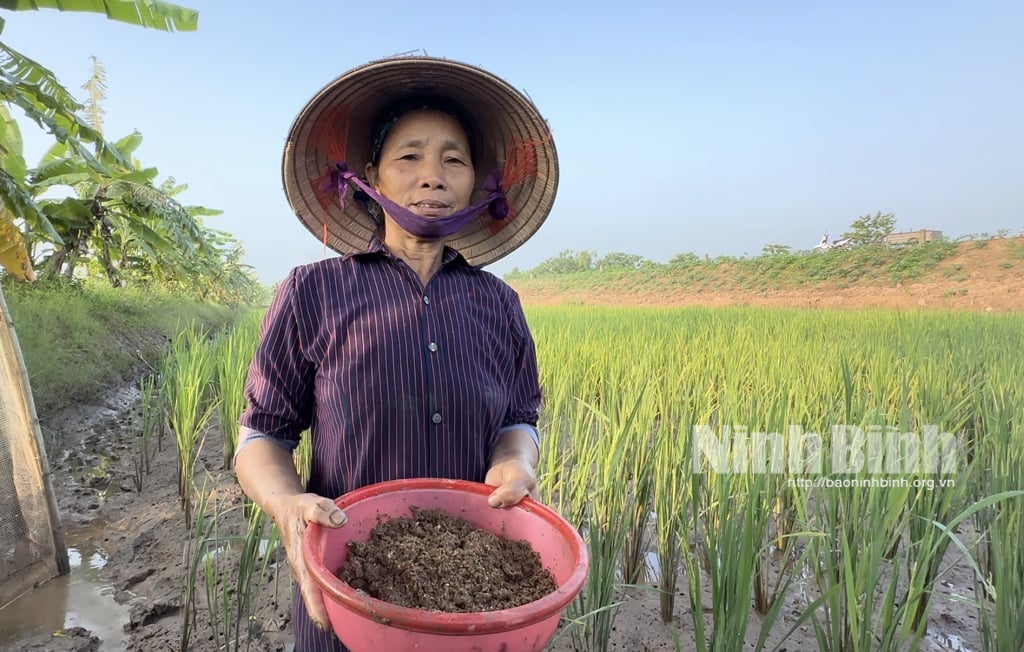
Ms. Pham Thi Soi, a resident of Hamlet 5, Khanh Cong Commune, shared: It is not simply fragrant roasted rice bran, minced fresh fish, but also me - a traditional spice in Vietnamese cuisine. We came up with this method of making bait and trapping clams, and then passed it on to others. In general, it does not take much effort but is highly effective. Clams smell the bait and will crawl out of the hole to eat the bait. Once they crawl in, they cannot crawl back out.
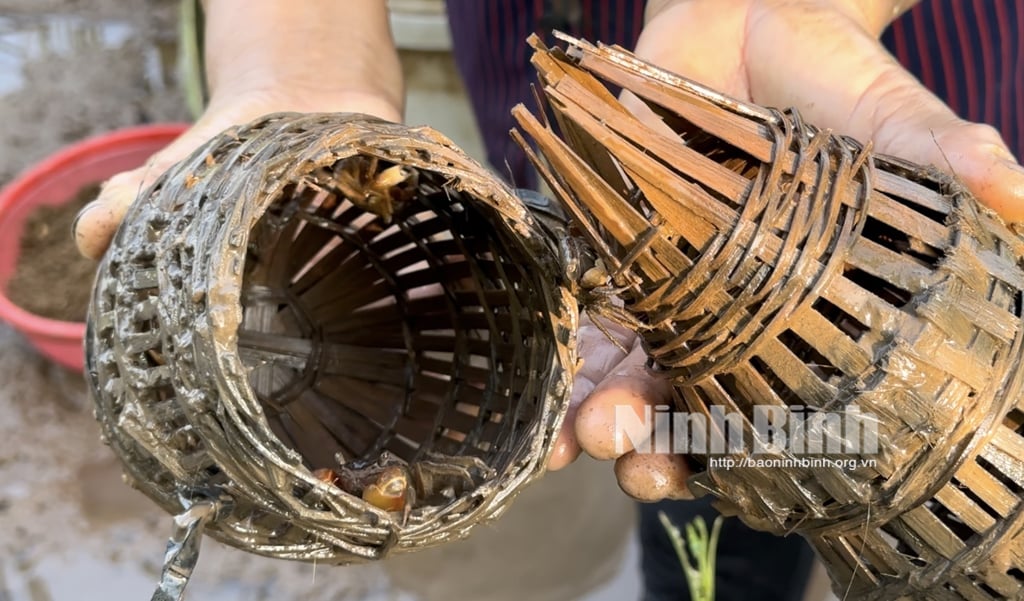
After mixing the bait, I quietly followed Mrs. Soi to dump the crabs. While walking, Mrs. Soi whispered: There is a folk saying "as timid as a crab", it is true that crabs are very timid, as soon as they see a person's shadow or hear a noise, they will hide in their holes, so when collecting crabs, you have to walk very gently, avoiding talking loudly. After saying that, holding a bucket in one hand and bait in the other, she waded into the field, the bamboo crabs had been placed along the edge of the field since the day before, evenly spaced 50-70 cm each, now she just had to lift them up, pour the crabs into the bucket, spread new bait on them and then put them back in the same place. Perhaps because she was so familiar with this job, her operations were quick and agile, in just 15-20 minutes the plastic bucket containing crabs was full. A moment later, a trader came to the field to weigh the clams. They said: The clams in this area are small and not as red as the ones in coastal areas, but they are not smelly and are much sweeter, so they are easy to sell.
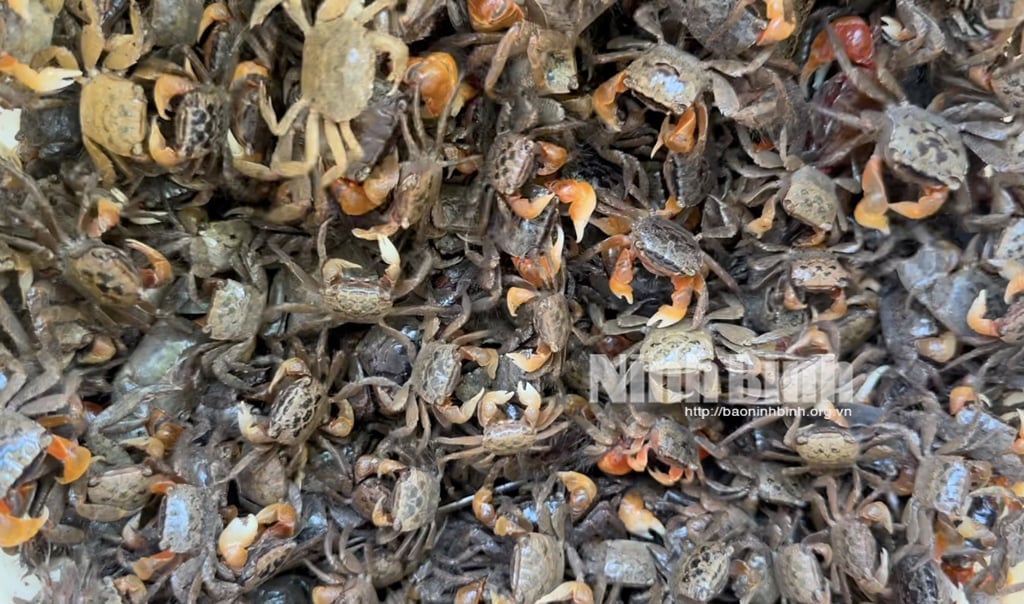
We continued to move to the field of Mrs. Pham Thi Linh's family (Hamlet 11, Khanh Cong). After more than 2 hours of collecting the clams, Mrs. Linh collected a net bag full of clams, about 15 kg. According to Mrs. Linh, May and June are the months when the clams are the most abundant and this is also the time when the clams are plumpest and tastiest. Her family harvests clams almost every day, only occasionally taking a 1-2 day break. On a good day, they get 15-20 kg, on a bad day, they get 6-7 kg. Despite the large output, the price of clams is always maintained at 70-100 thousand VND/kg, because in the hot summer, there is nothing better than eating a bowl of clam soup with jute.
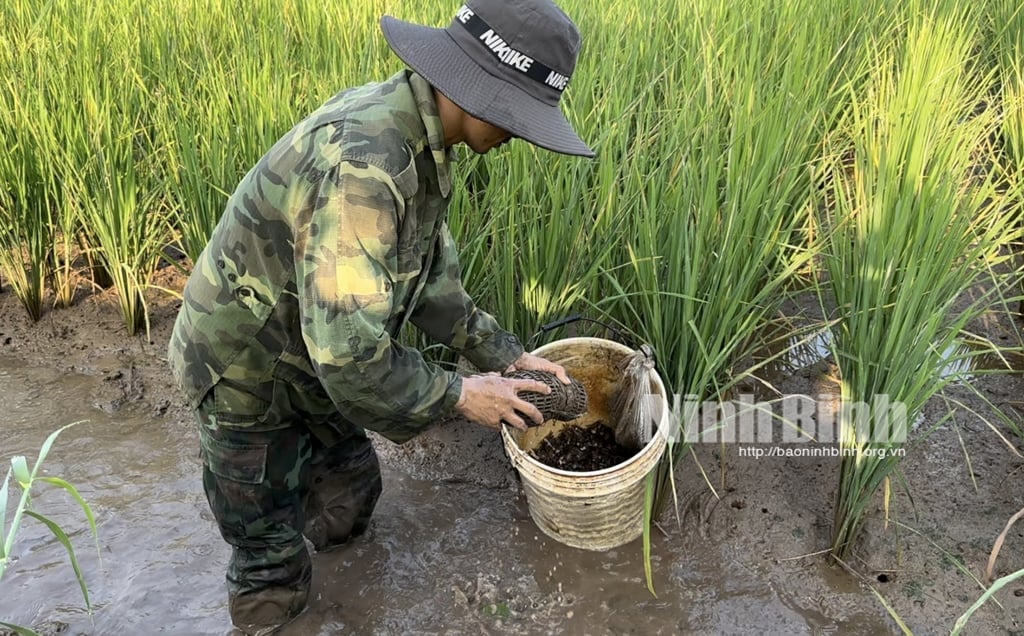
"In the commune, there are about a dozen households that contract riverside work like my family. Since switching to organic rice farming combined with collecting earthworms and crabs, our lives have become much more prosperous," said Ms. Linh.
"God's blessings" do not come for free.
Located along the Day River, possessing a large area of alluvial land, often deposited with alluvium, along with the earthworm, the clam is also a natural specialty that Khanh Cong commune is blessed with by nature. Compared to the earthworm, the clam exploitation period is longer. The clam exploitation season usually starts from March and ends in November of the solar calendar every year, focusing on May to the end of July. People often compare this to "heaven's blessing", but "heaven's blessing" does not come naturally. For decades, people have worked hard to nurture the soil, improve and preserve the environment so that these creatures can thrive.
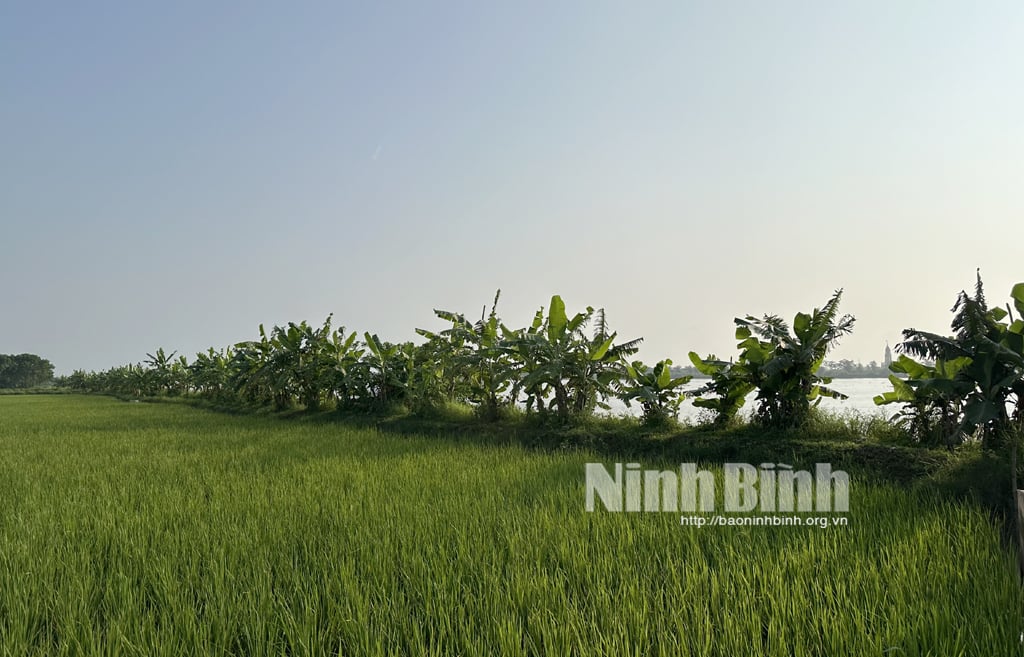
Mr. Pham Van Xuyen (Hamlet 11, Khanh Cong) shared: Every year, his family only grows one winter-spring rice crop, applies organic production processes, says no to pesticides and chemical fertilizers, most of the farming activities are done manually. In May and June, after harvesting the rice, the soil is plowed again, ditched, drained, then composted with rice husks is sprinkled to create nutrients for the soil. In addition, it is necessary to regulate to ensure that the tidal water flows in and out continuously, not stagnant. After a few years of persistently doing so, the clams and earthworms gradually appeared and achieved the stable yield as it is today.
Ms. Pham Thi Soi also added: We had to eat and sleep day and night, attached to the shore, constantly monitoring the water flow, and if we felt the river water was not clean, we had to immediately block the drain to prevent pollution from flowing in, because just a little carelessness could cause the aquatic resources to disappear. In addition, when harvesting, whenever I saw any clams carrying eggs, I would release them back into the wild to reproduce.
Just through the above sharing, it is enough to see how much the people here cherish nature and every inch of land. It is great that the people have abandoned the fragmented production mindset, turning their inherent advantages into greater, more sustainable values. This approach is completely consistent with the direction of developing a multi-layered, multi-value agricultural economy, linked with tourism that our province is aiming for.
In the coming time, it is necessary to have more participation from specialized sectors to support localities in researching, investigating, evaluating characteristics, soil quality, water sources, and clearly identifying areas with potential to continue expanding the area of shrimp and crab farming. In addition, diversifying products, building brands for local organic rice, crab and crab sauce, and establishing tourism products to serve tourists for sightseeing and experience... Thereby, contributing to the development of local socio-economy.
Nguyen Luu
Source


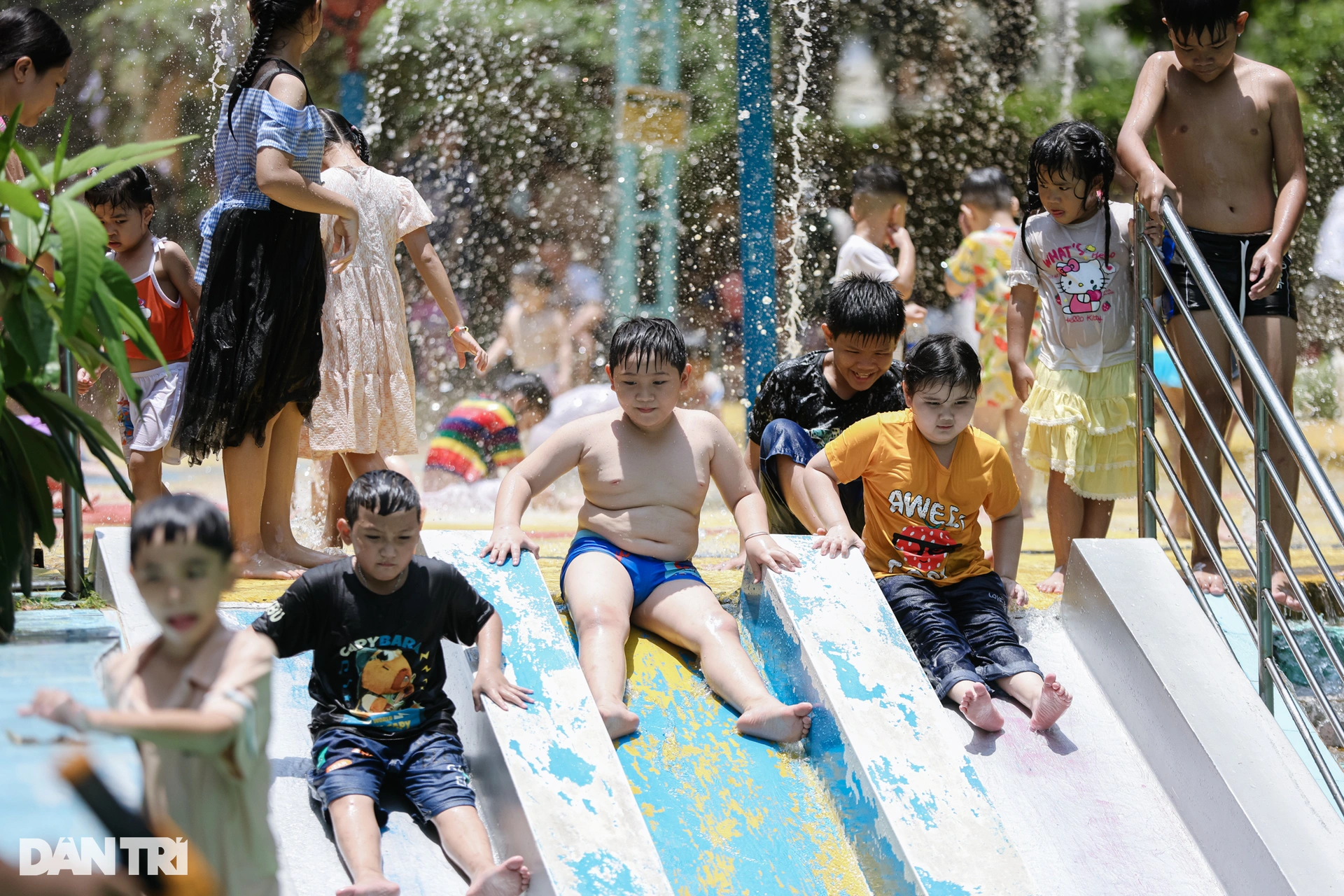
![[Photo] Vietnamese rescue team shares the loss with people in Myanmar earthquake area](https://vstatic.vietnam.vn/vietnam/resource/IMAGE/2025/4/6/ae4b9ffa12e14861b77db38293ba1c1d)
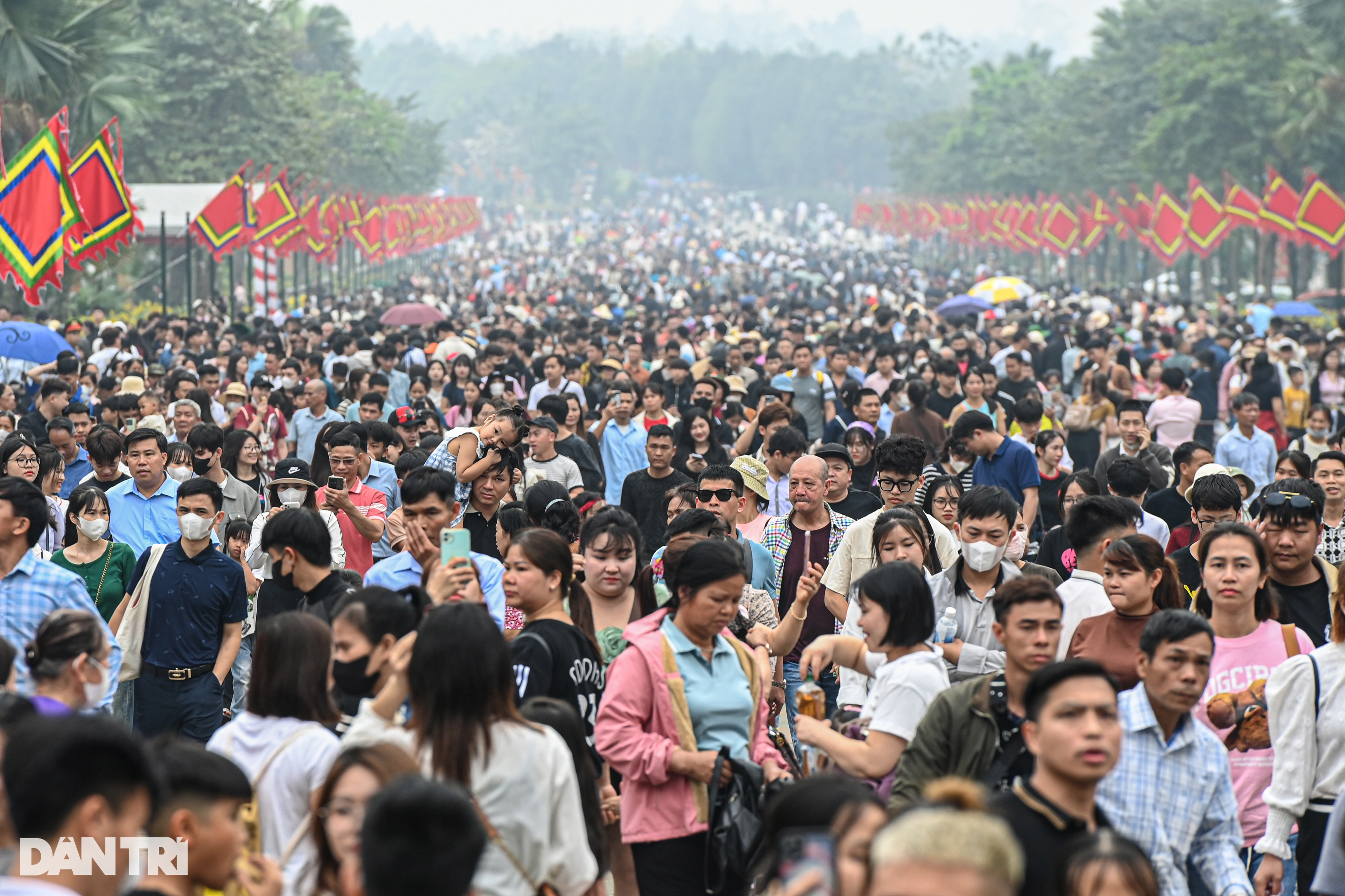
![[Photo] Military doctors in the epicenter of Myanmar](https://vstatic.vietnam.vn/vietnam/resource/IMAGE/2025/4/6/fccc76d89b12455c86e813ae7564a0af)
![[Photo] Solemn Hung King's Death Anniversary in France](https://vstatic.vietnam.vn/vietnam/resource/IMAGE/2025/4/6/786a6458bc274de5abe24c2ea3587979)
![[Photo] Prime Minister Pham Minh Chinh chairs the regular Government meeting in March](https://vstatic.vietnam.vn/vietnam/resource/IMAGE/2025/4/6/8393ea0517b54f6791237802fe46343b)
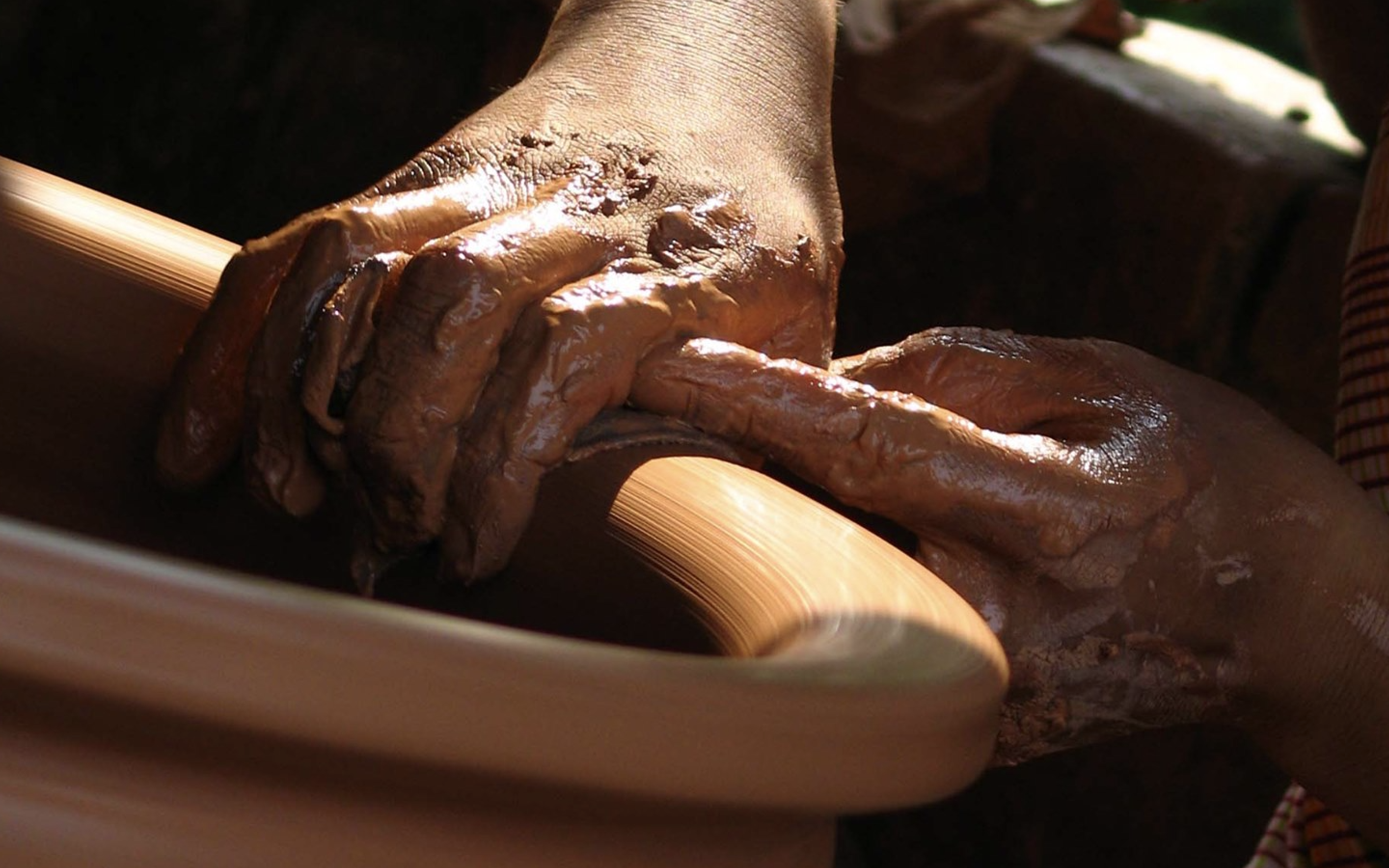

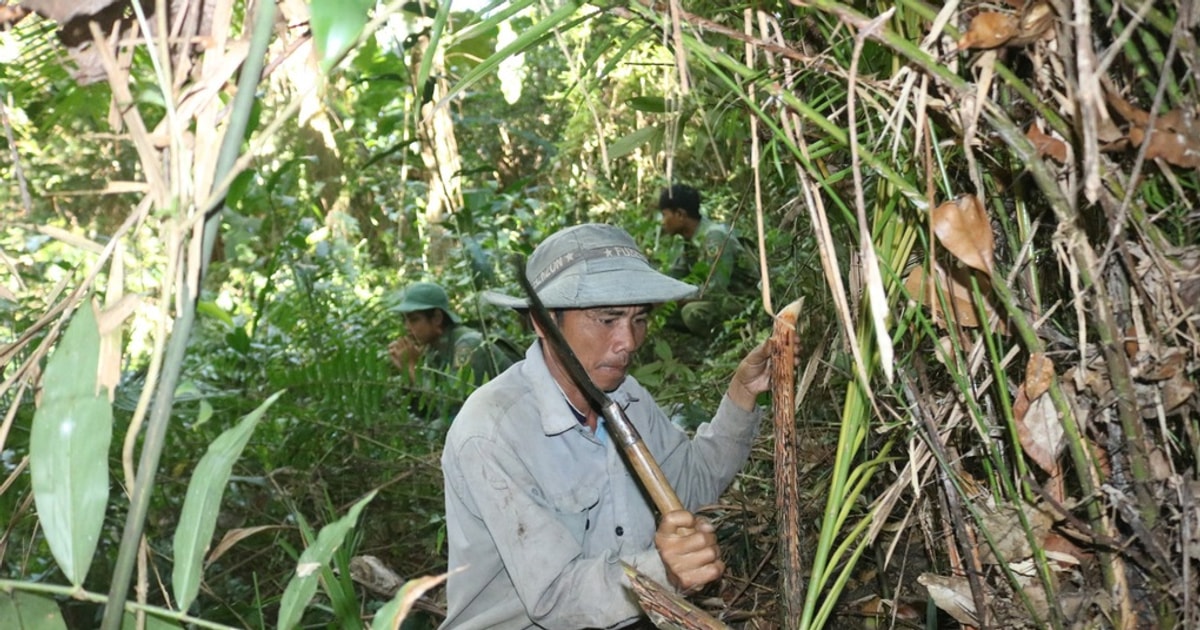
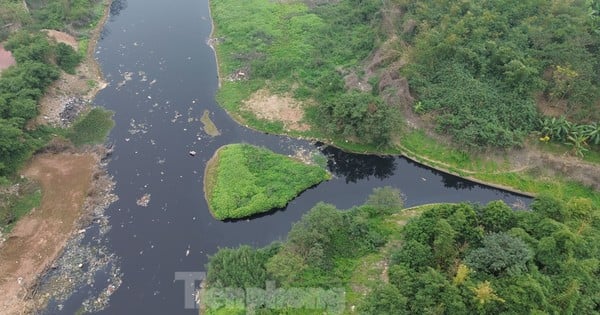
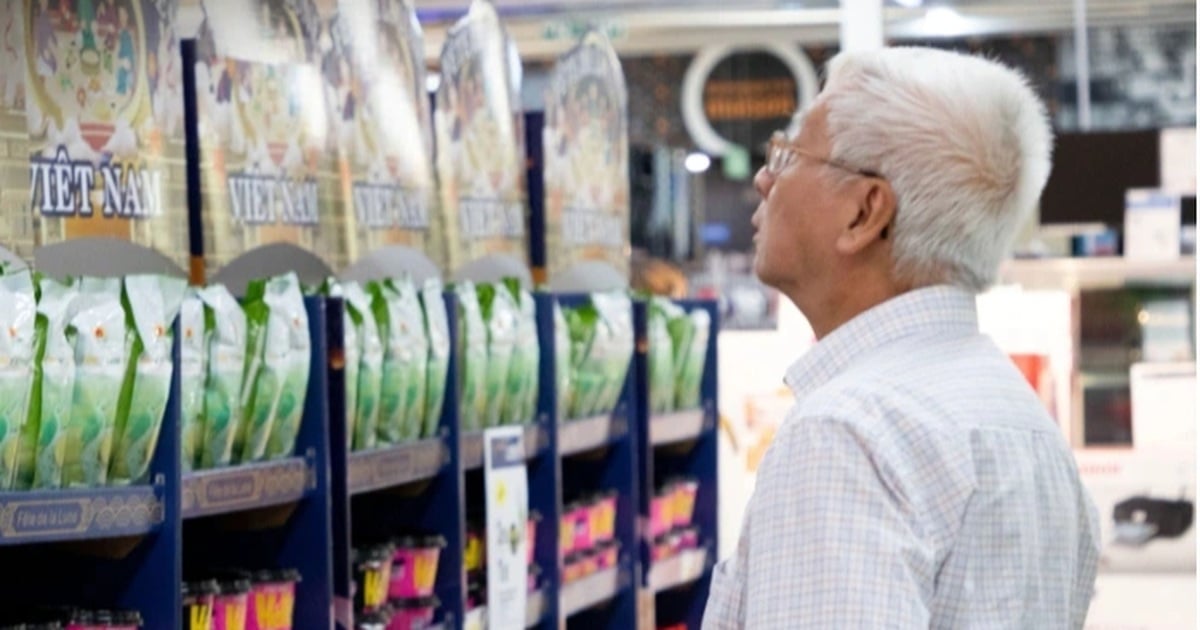



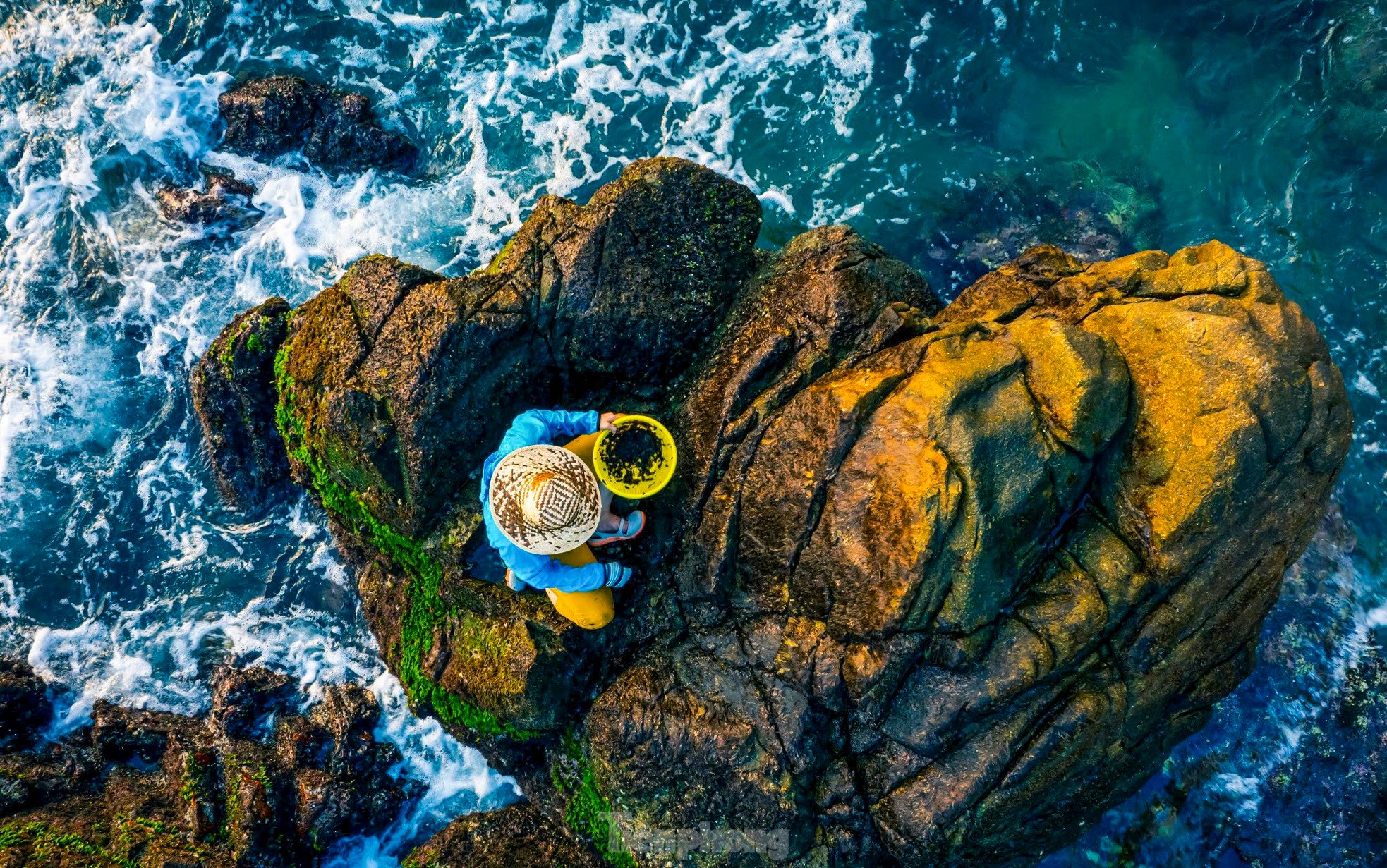




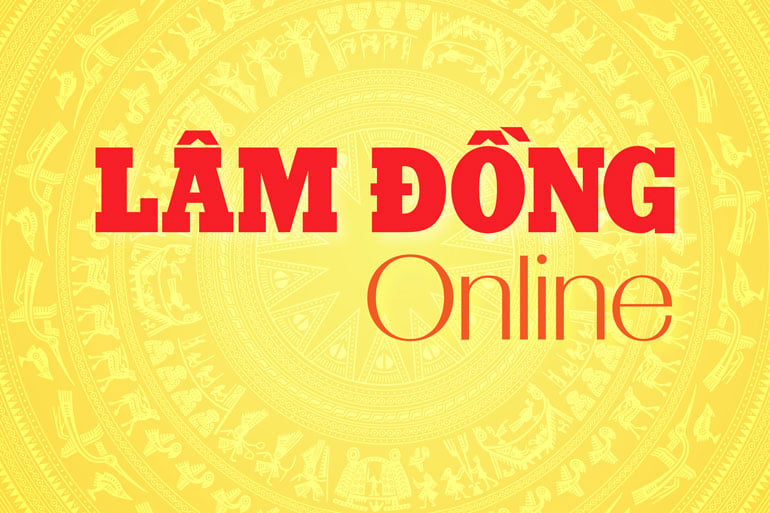
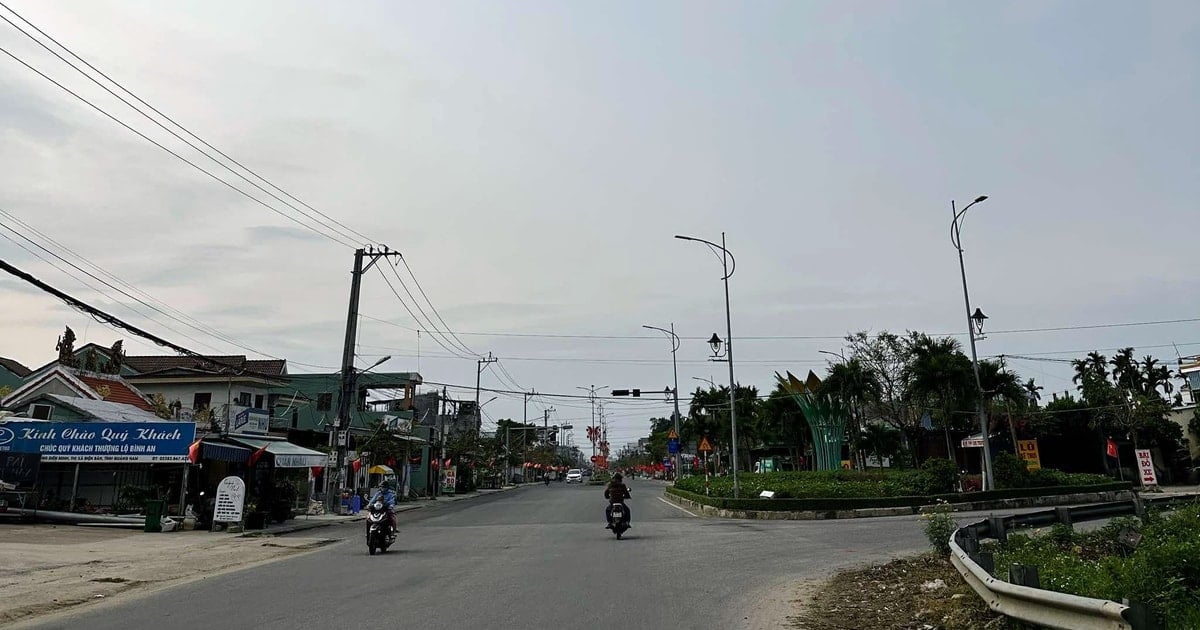
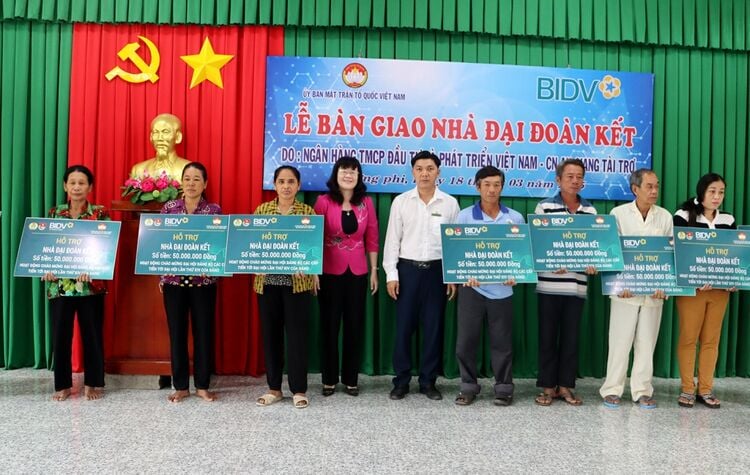

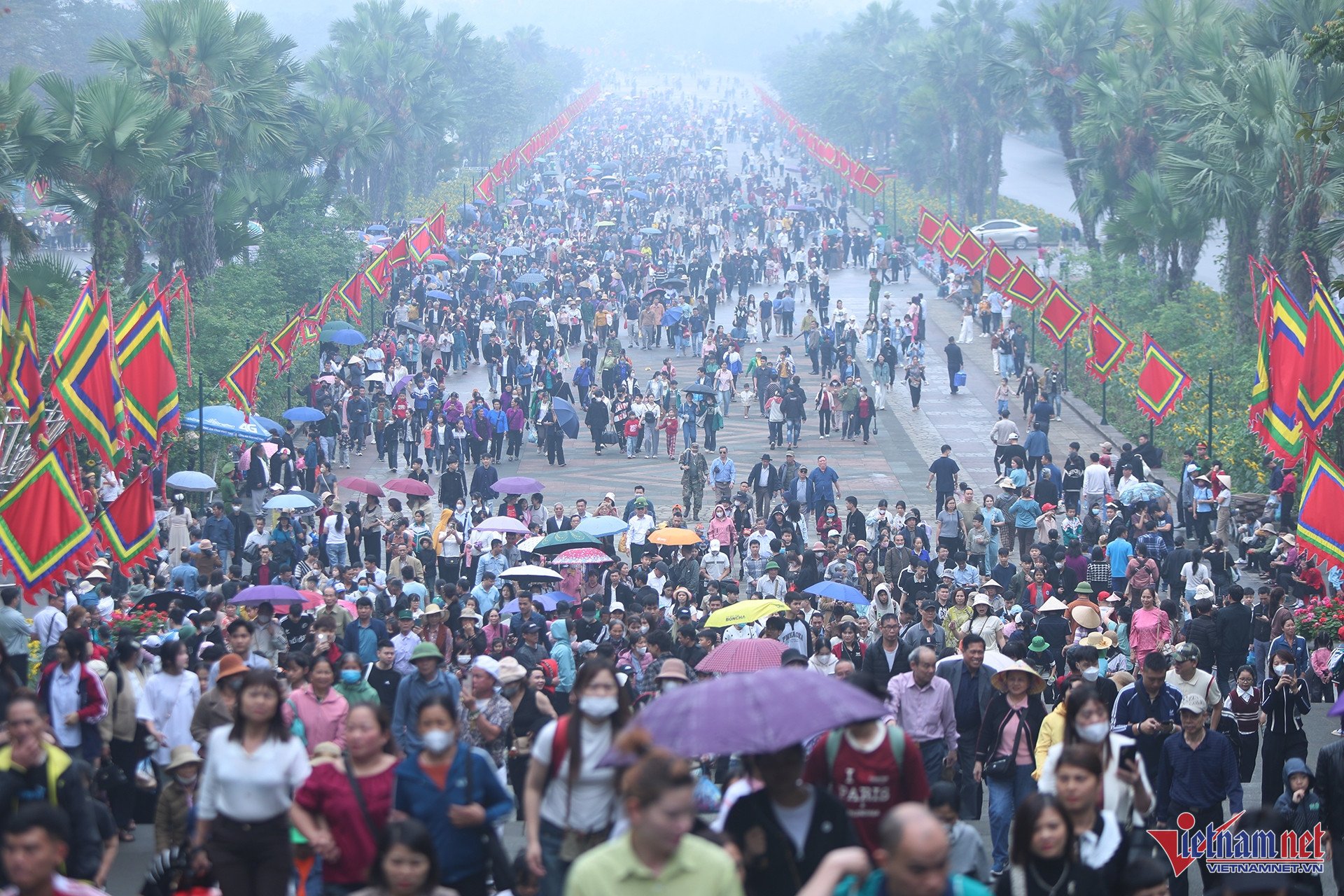
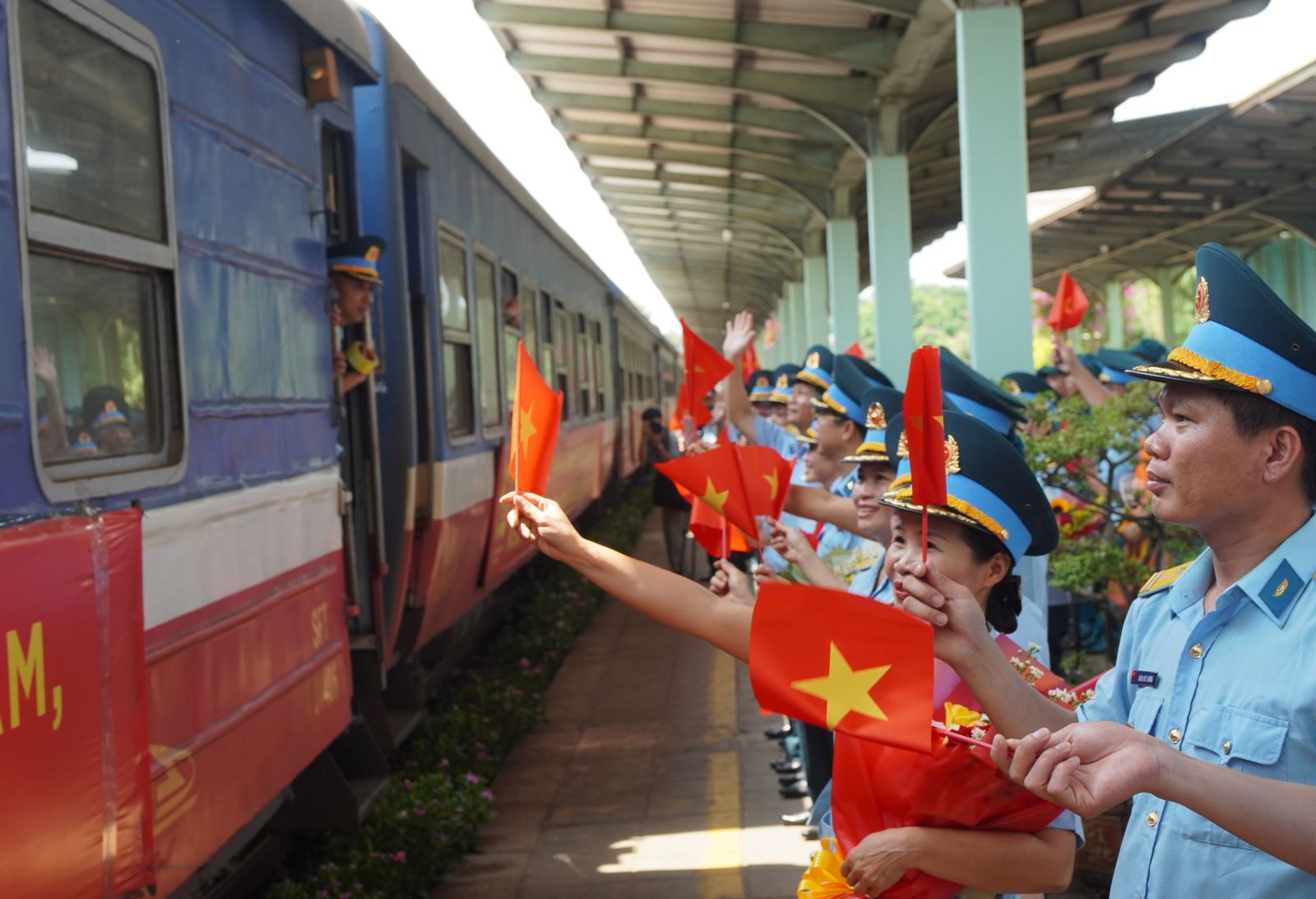

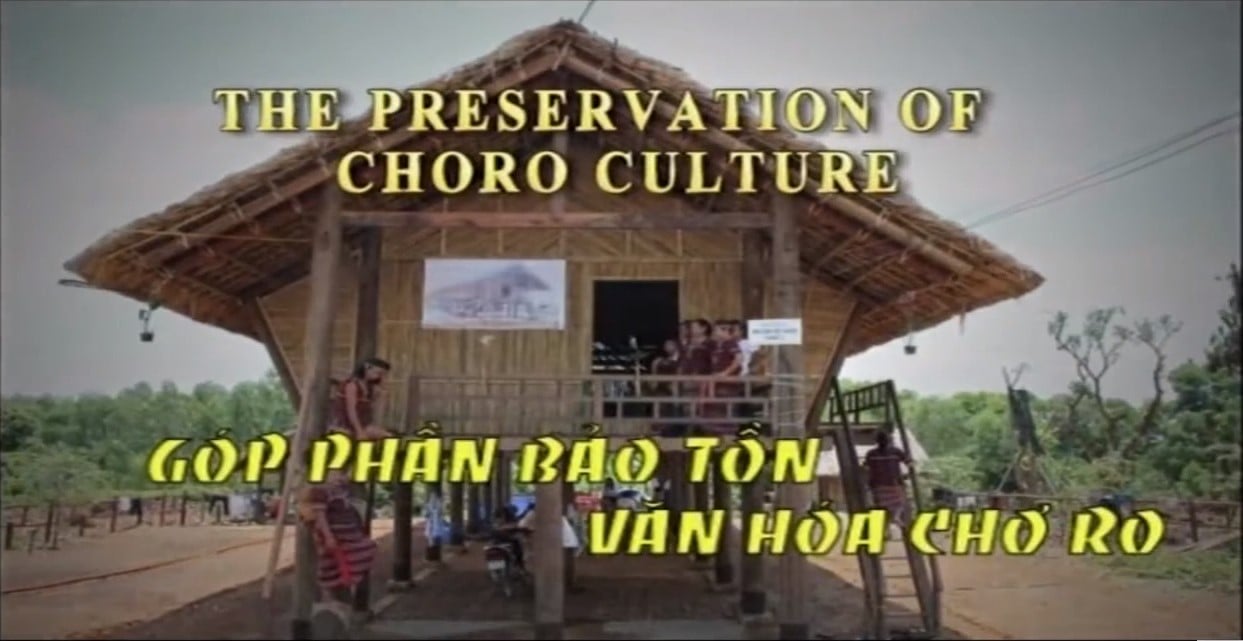
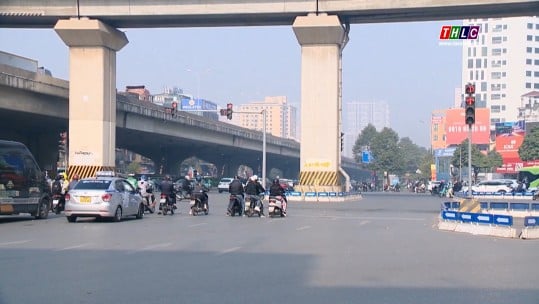
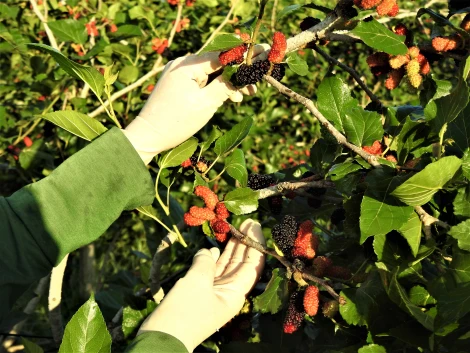
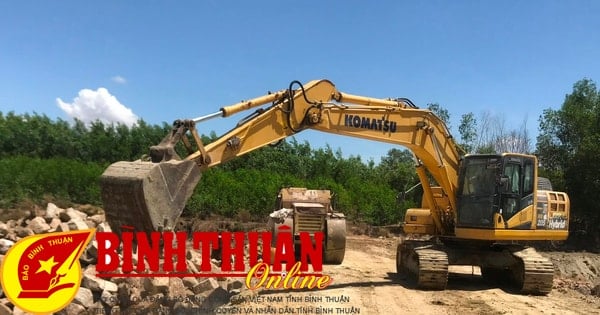
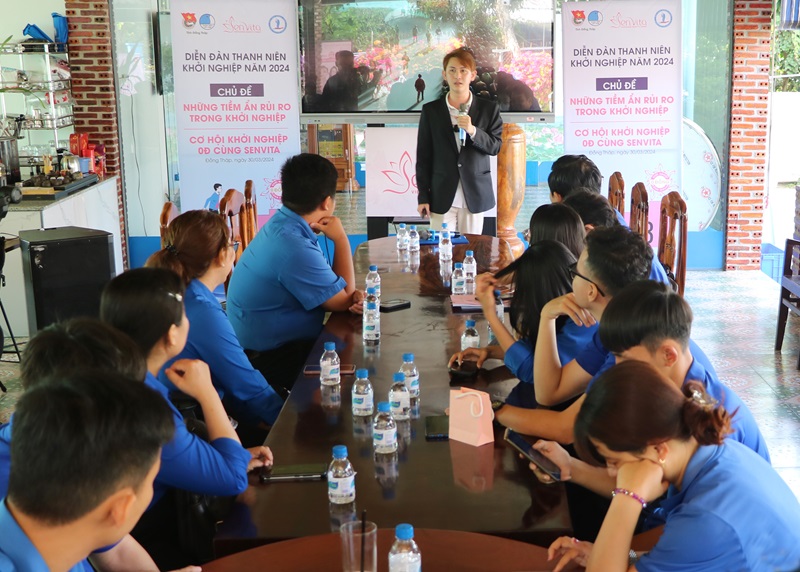
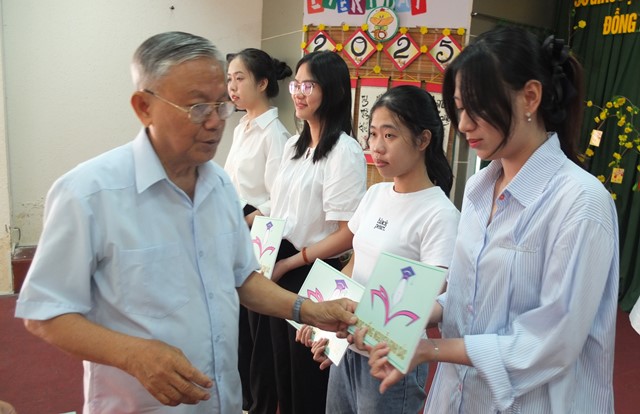
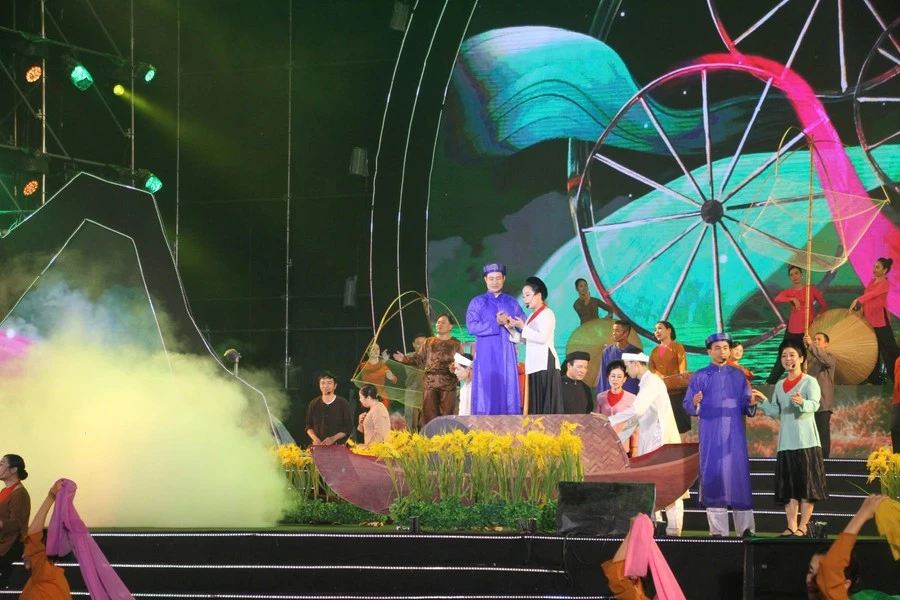

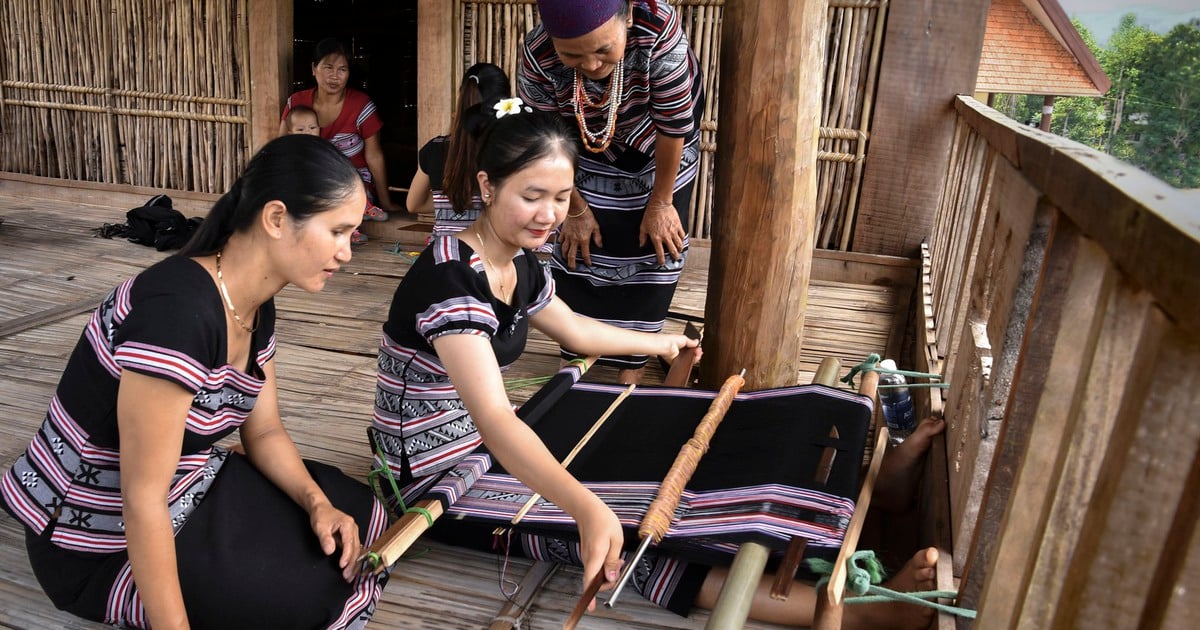



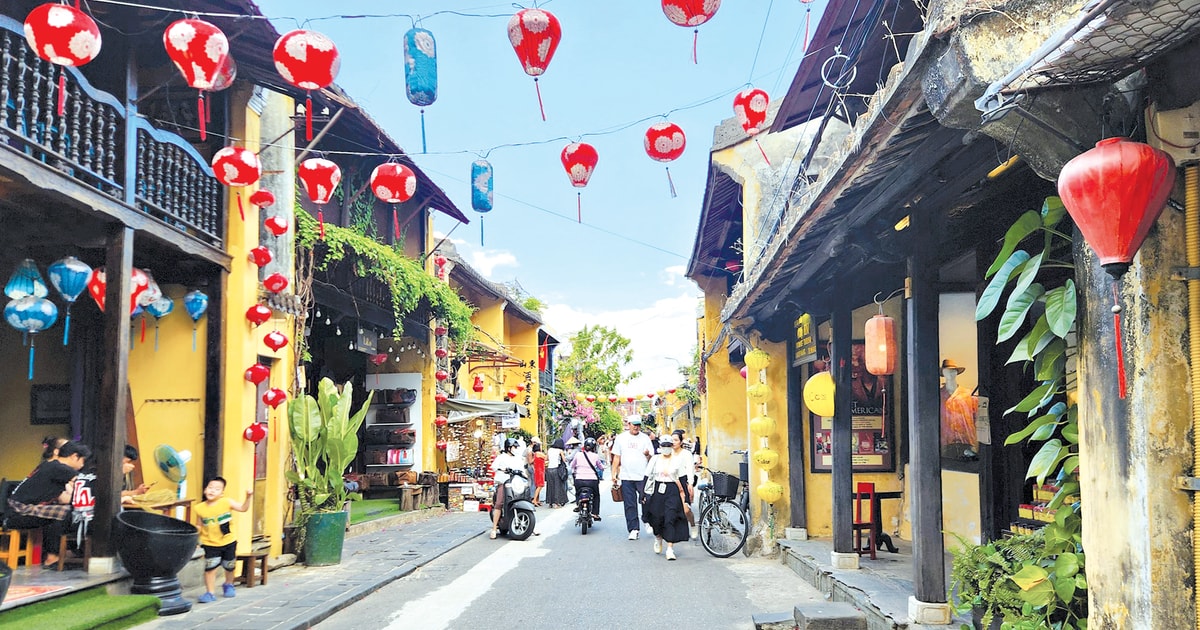

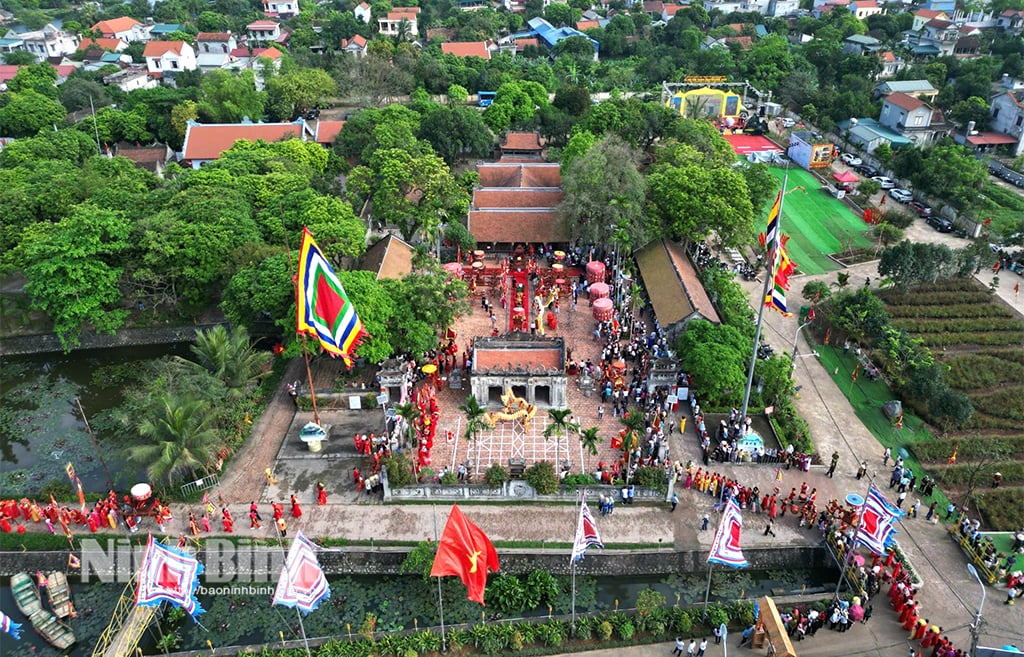

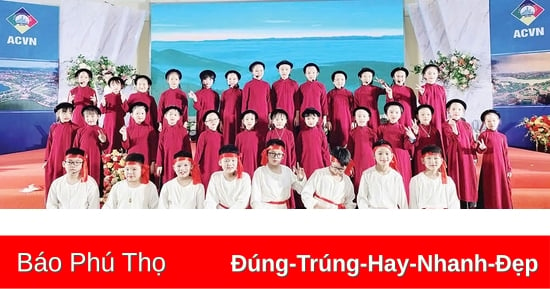

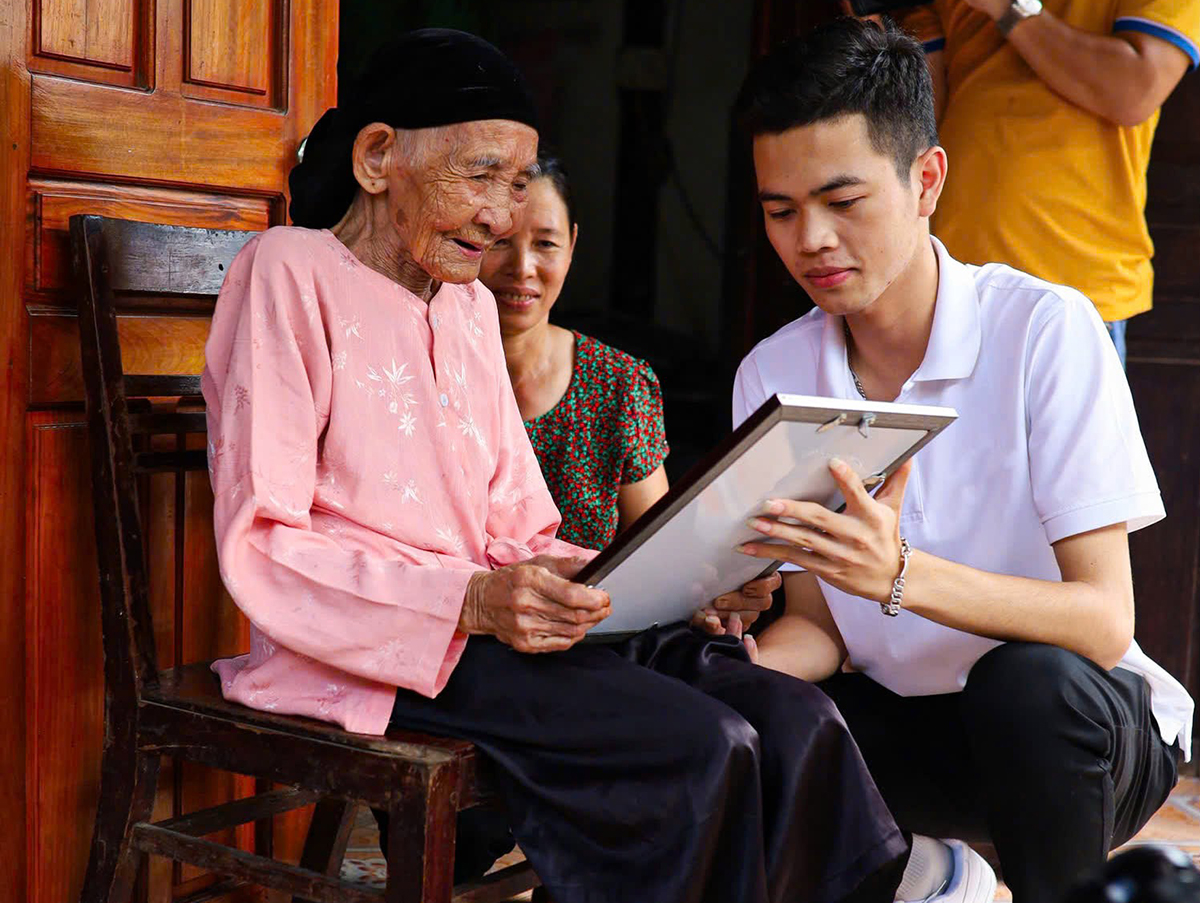





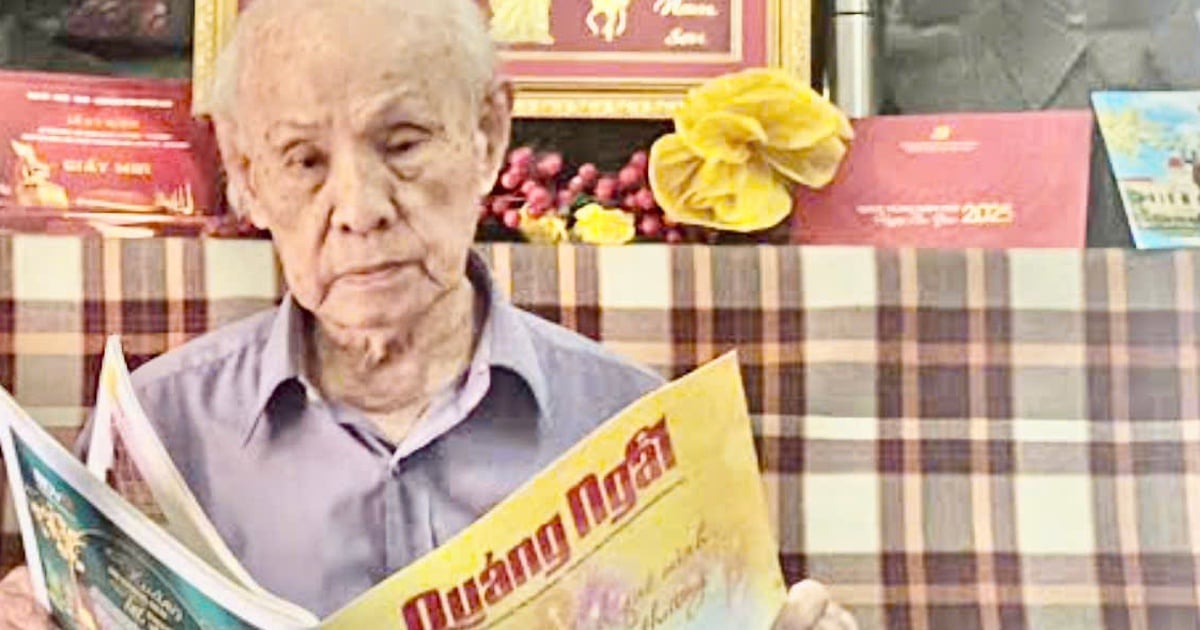
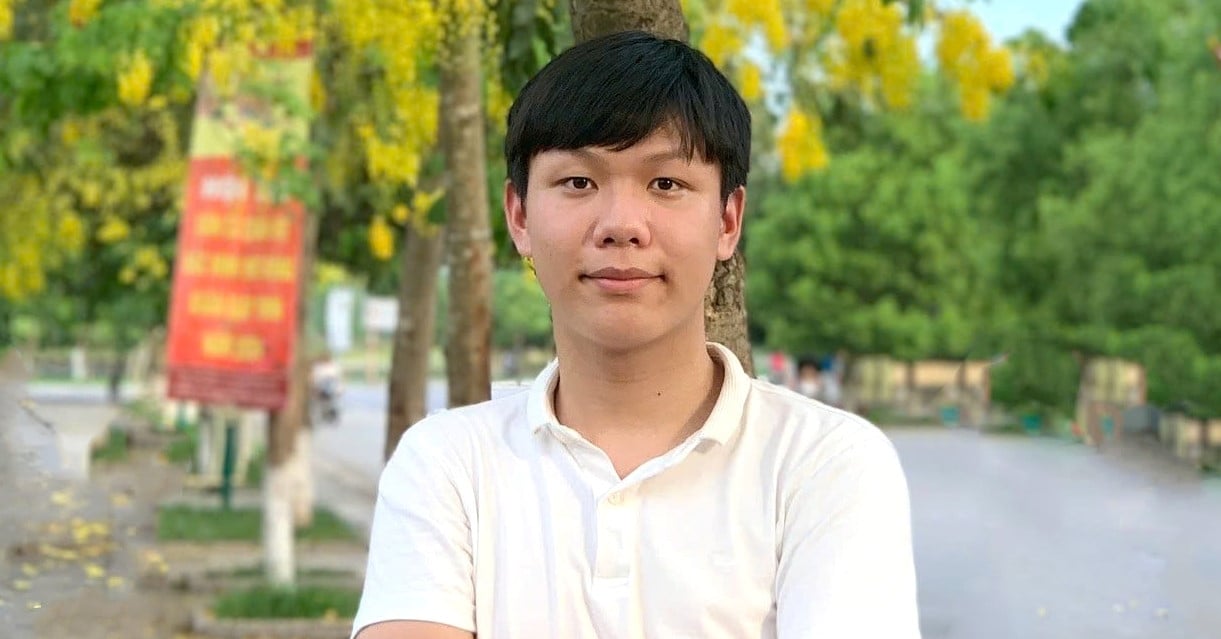

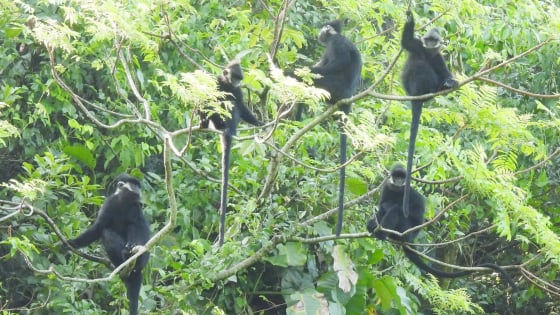

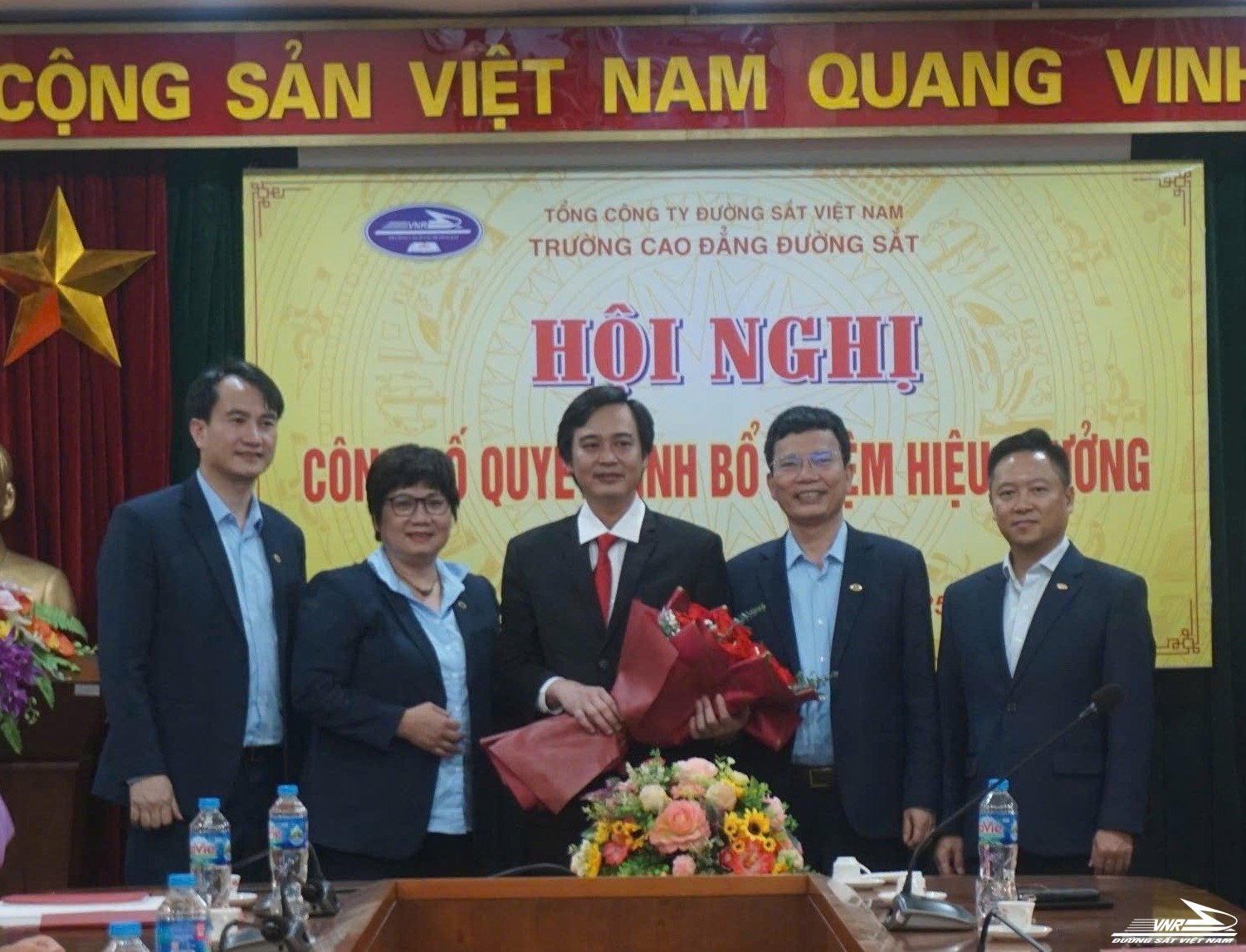
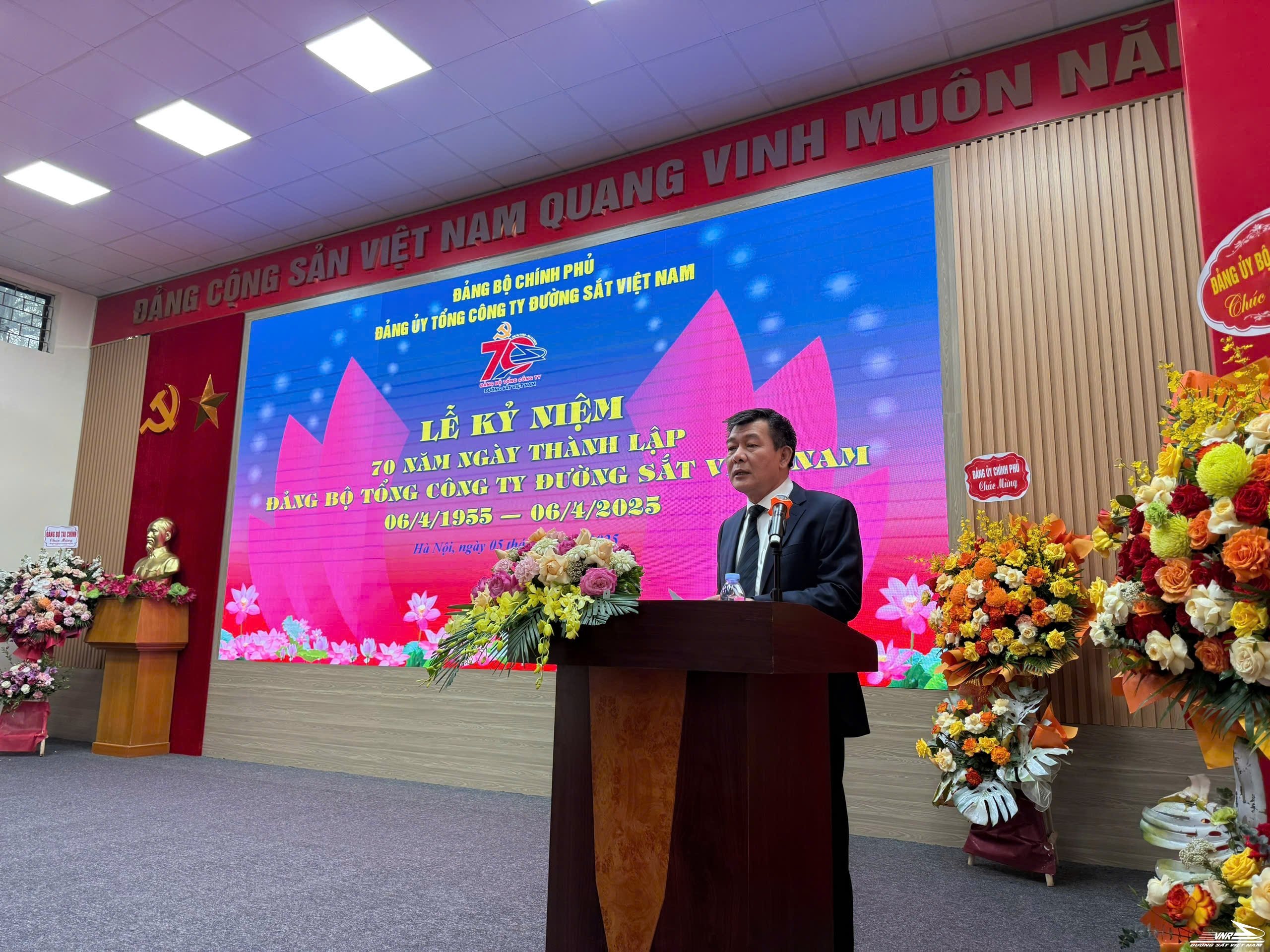
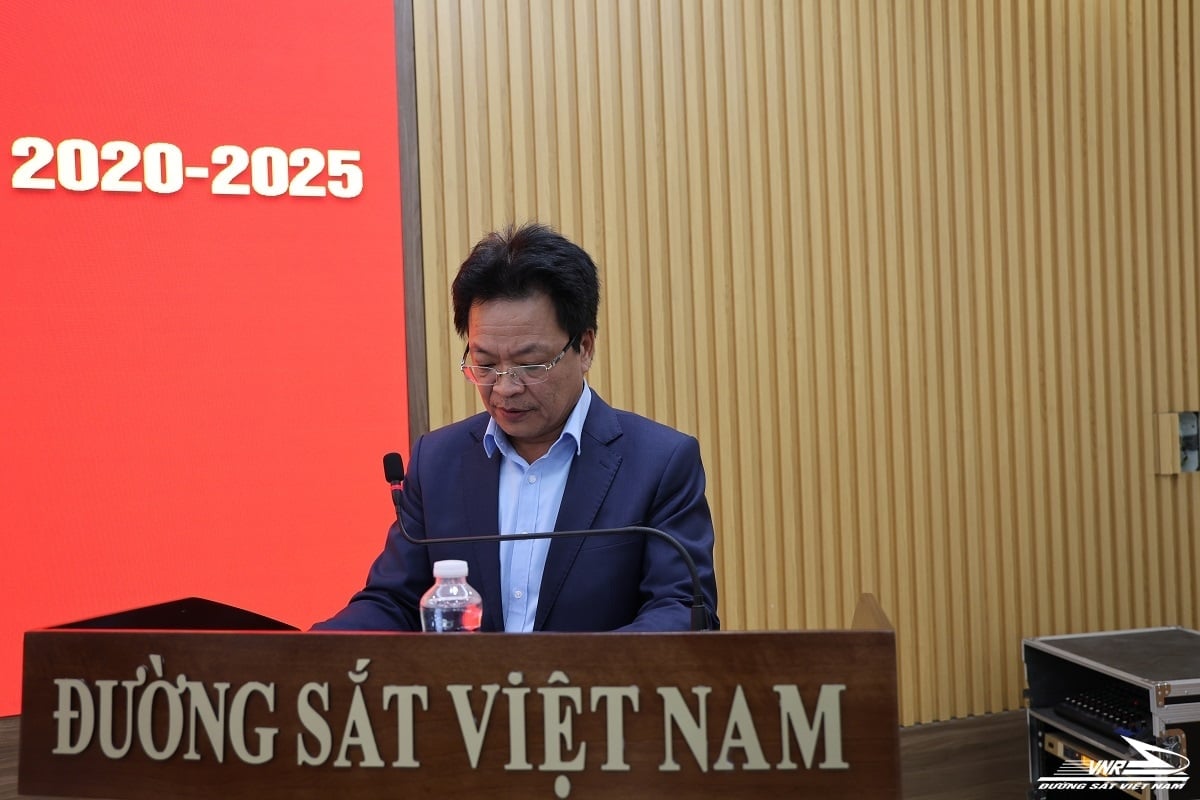
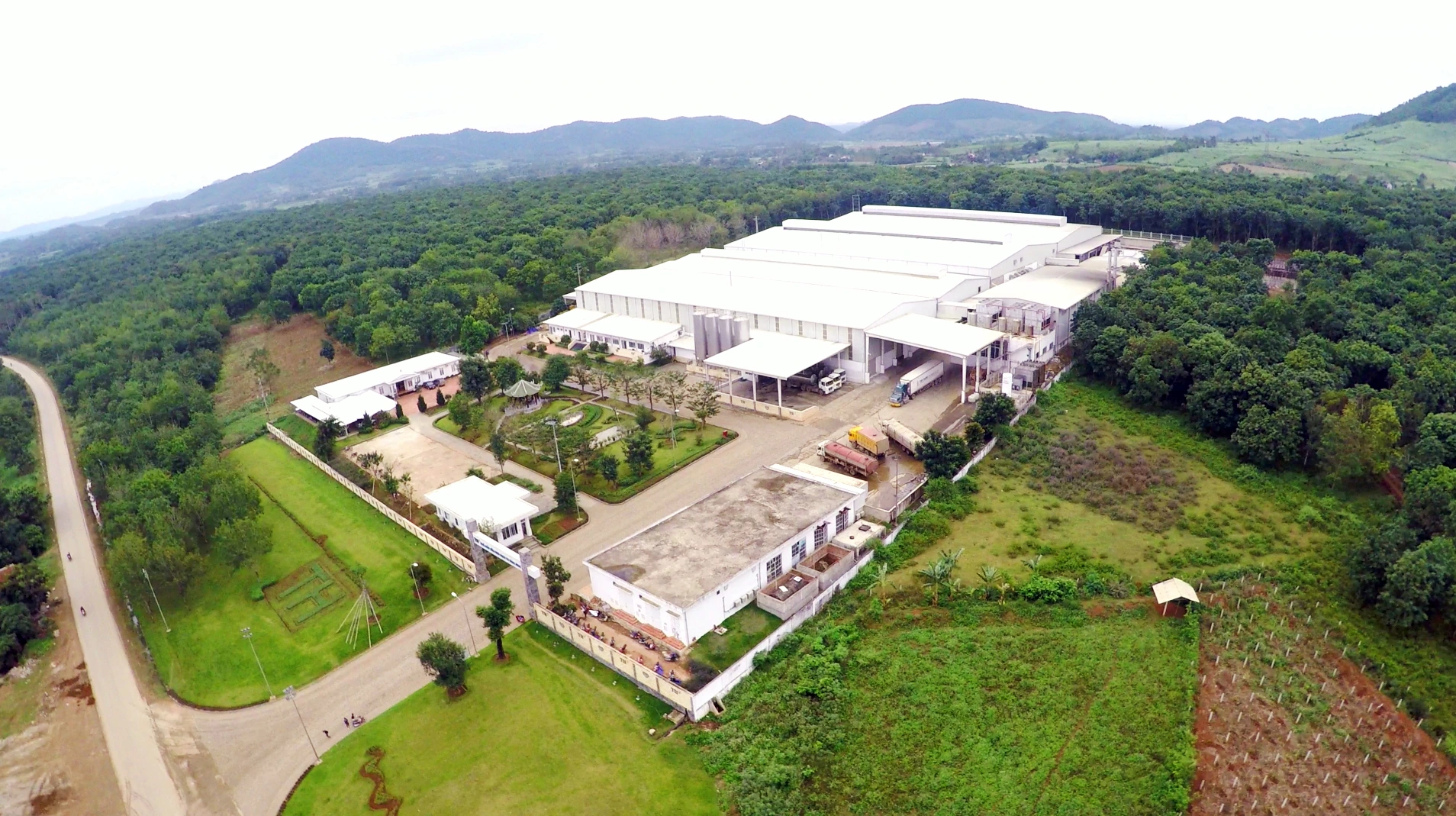
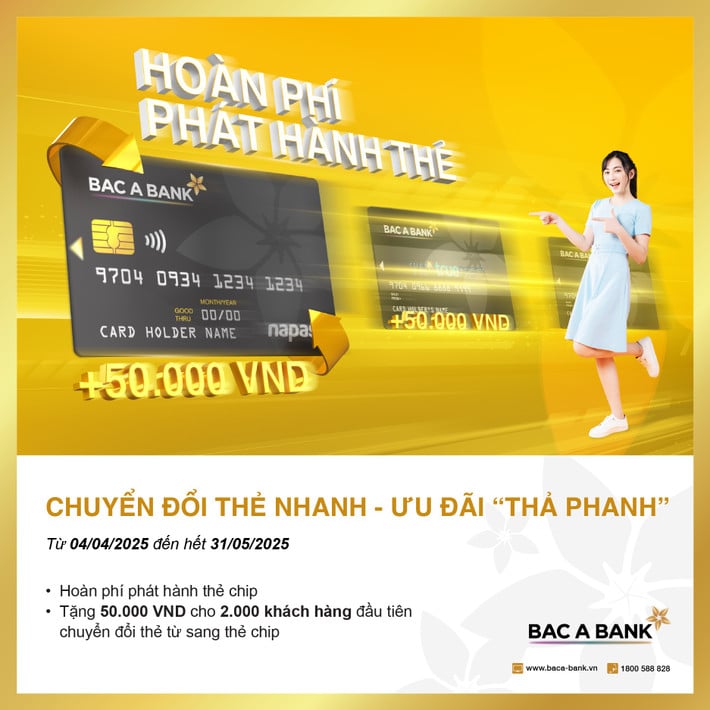




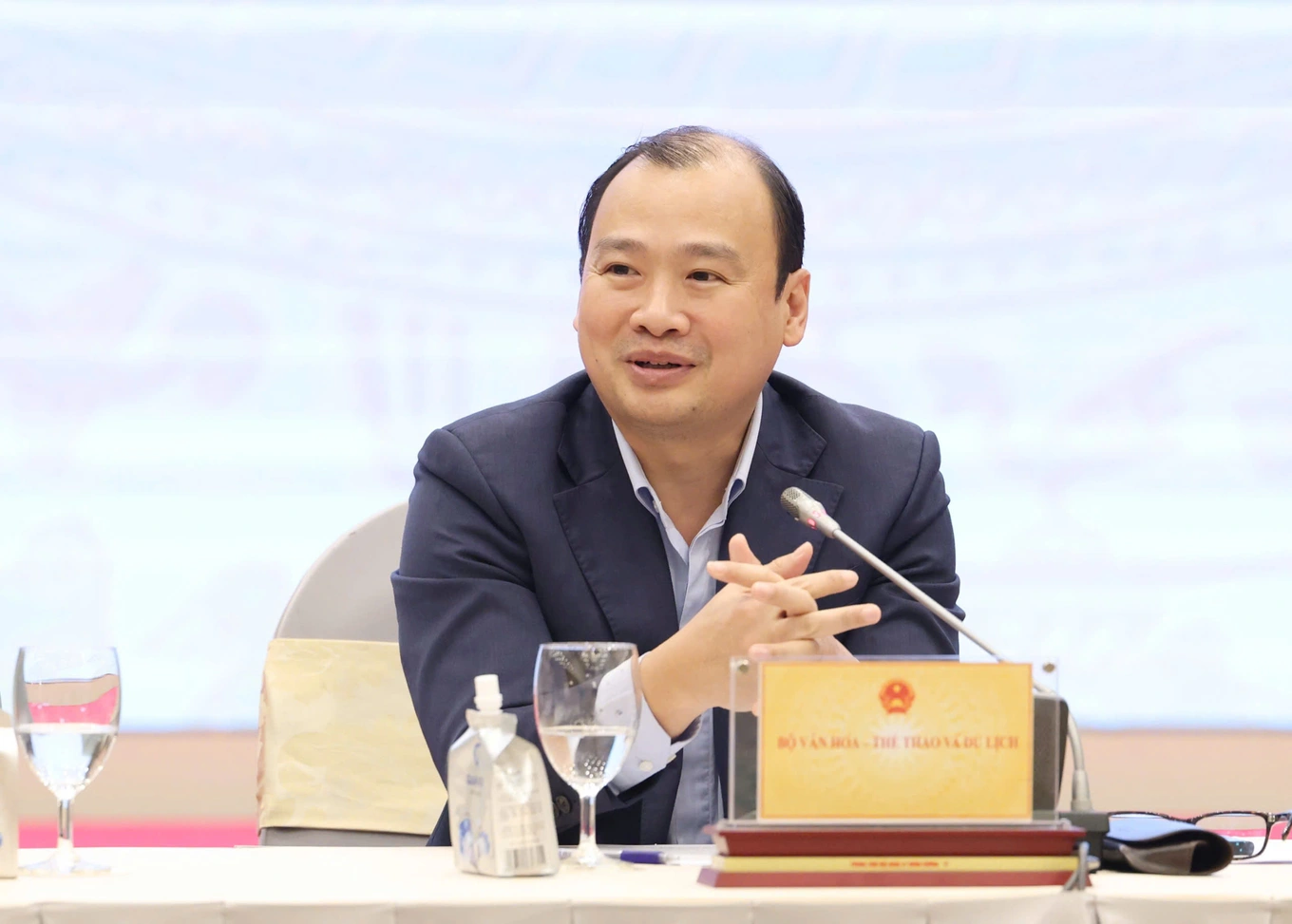










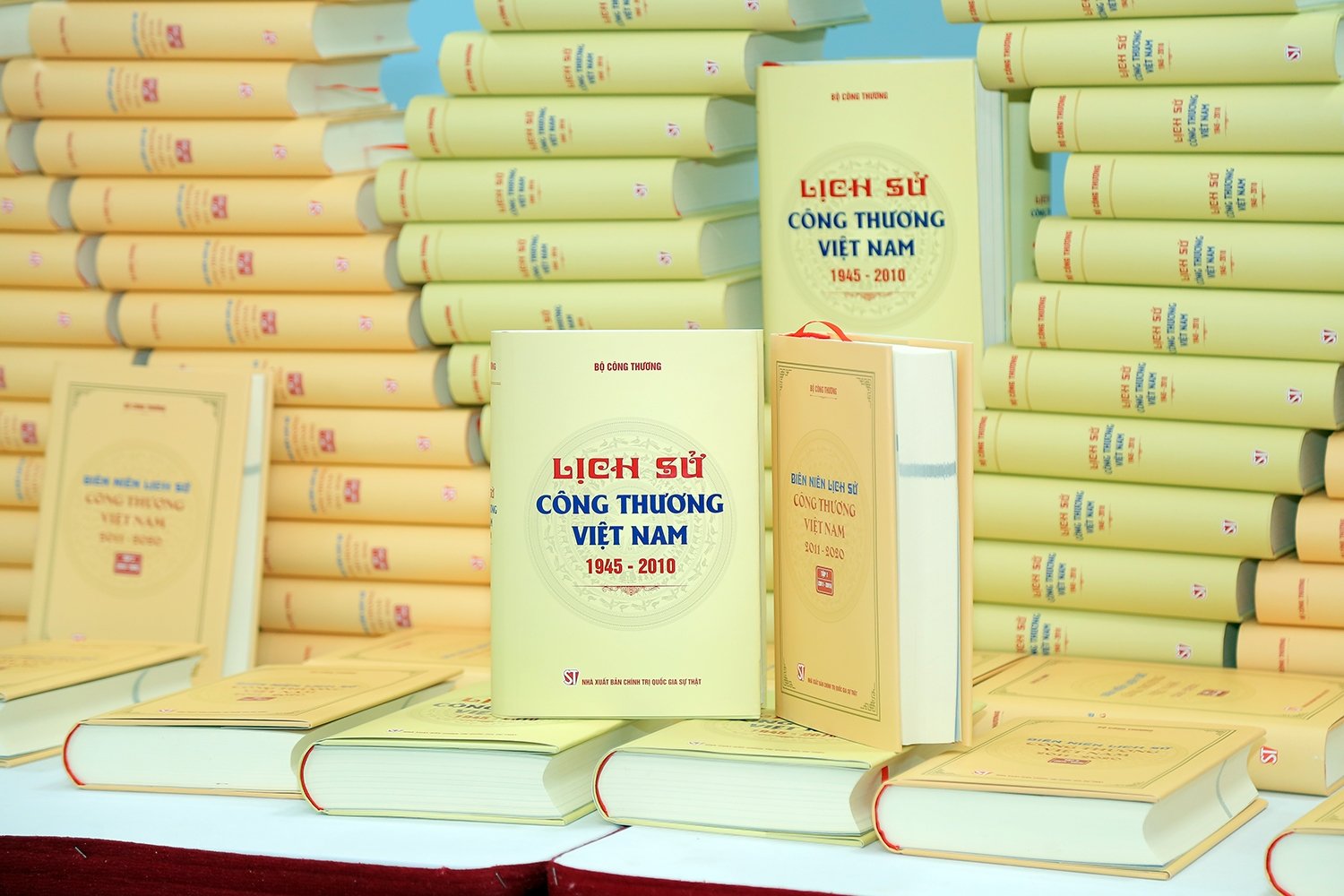
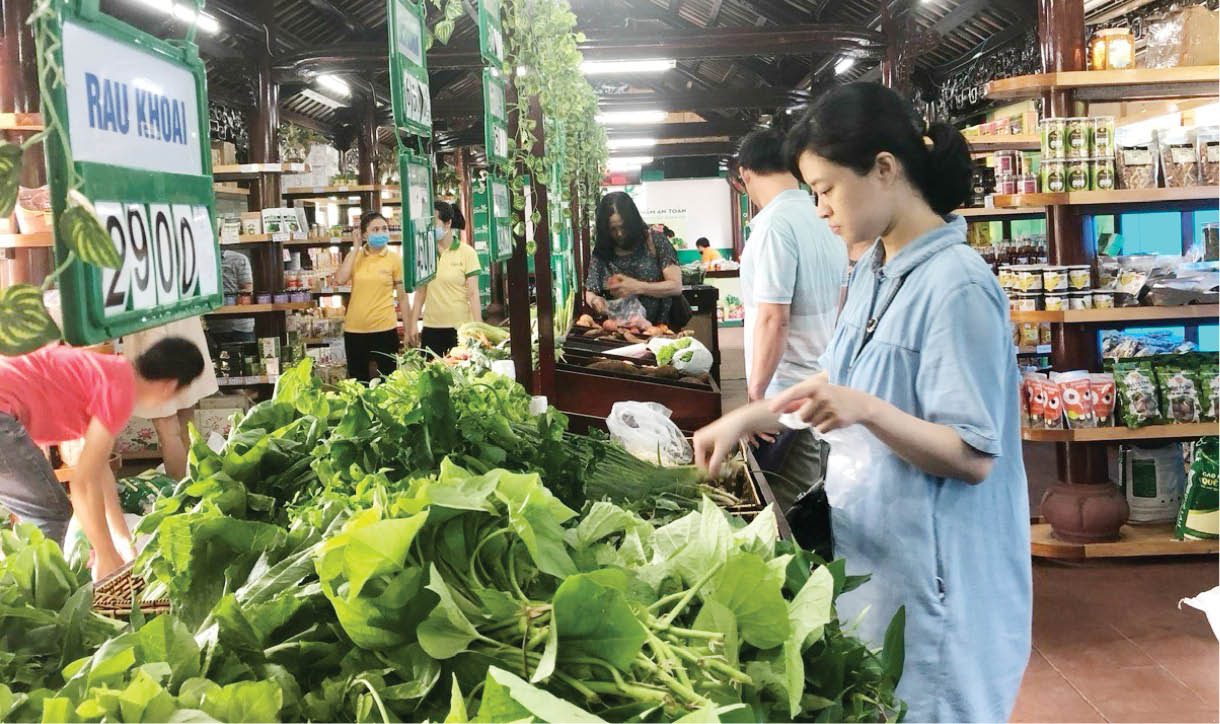

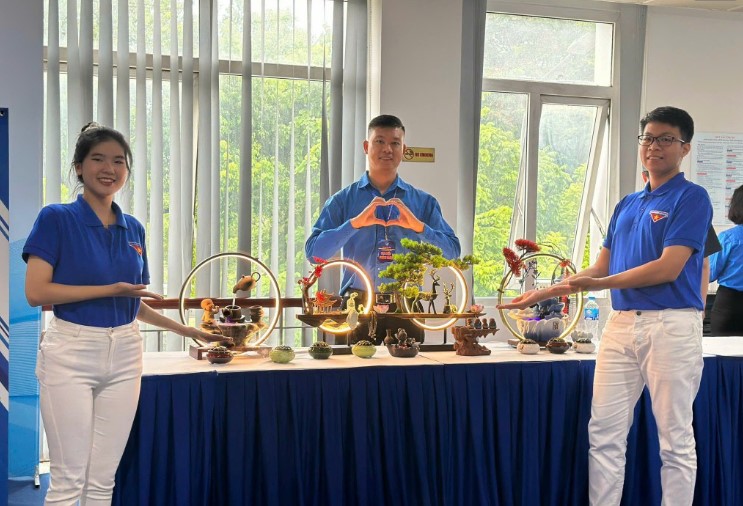
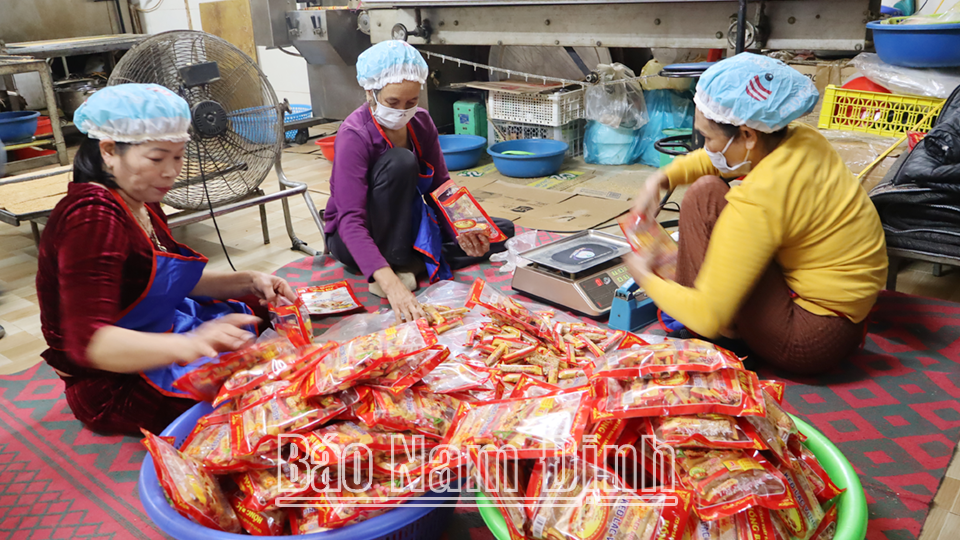

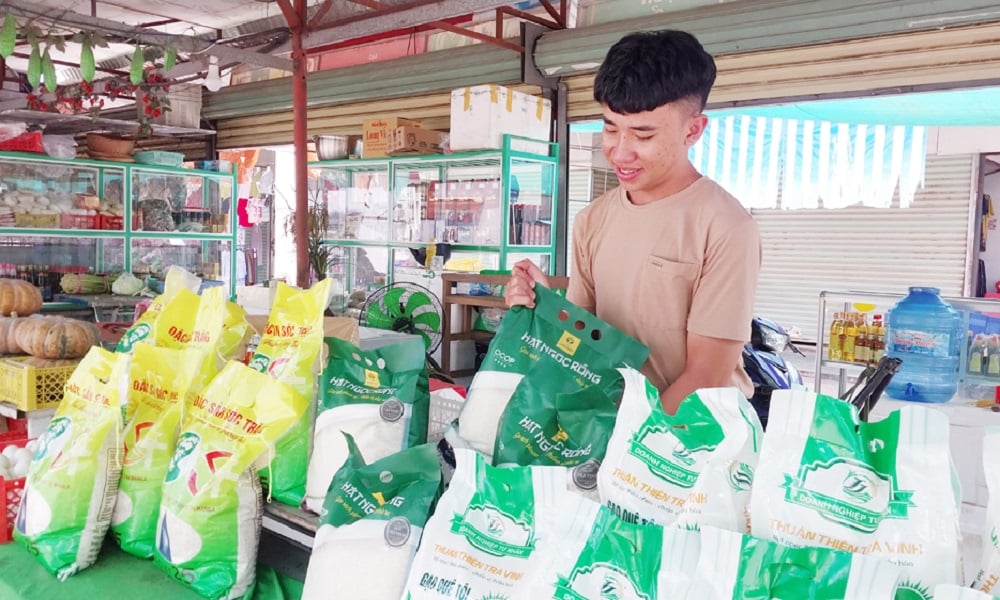
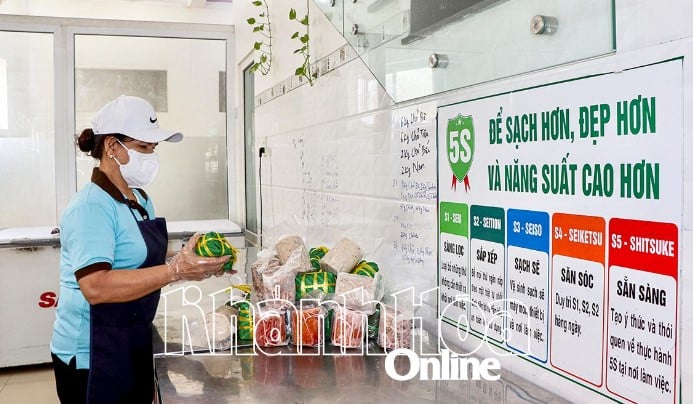

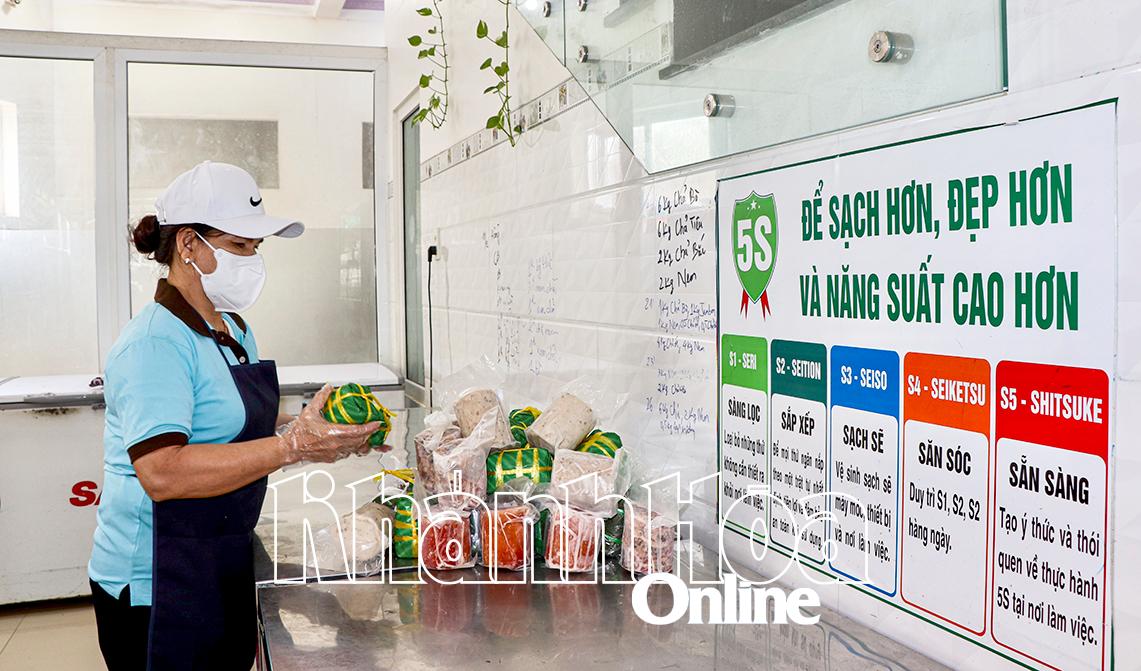
Comment (0)